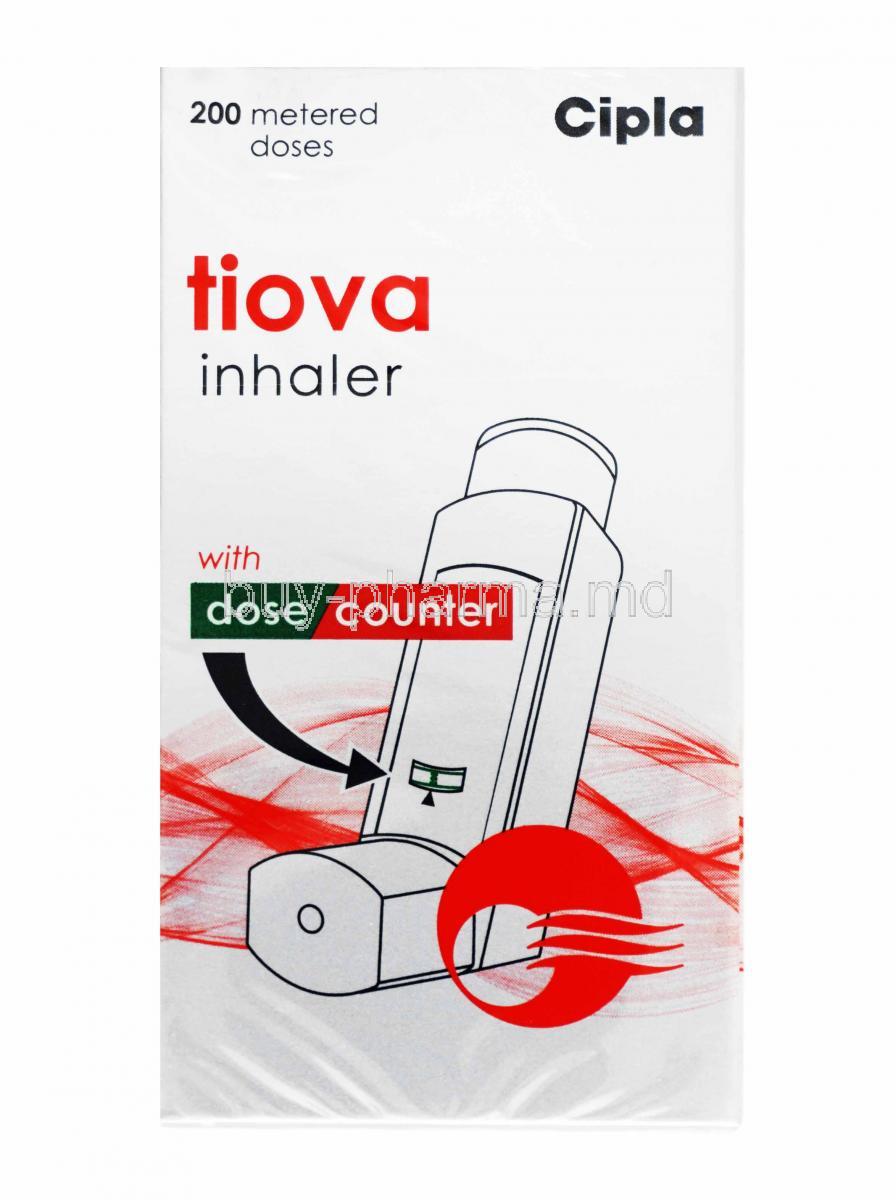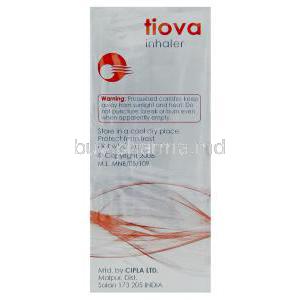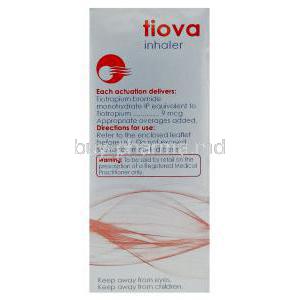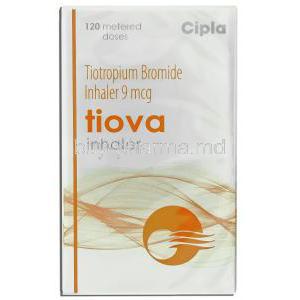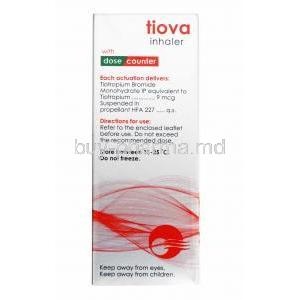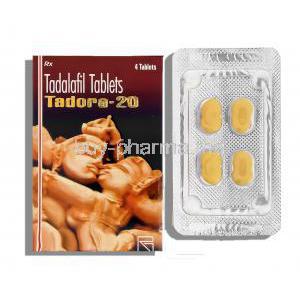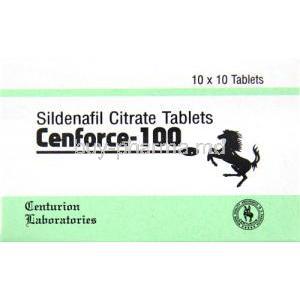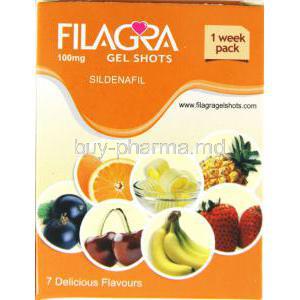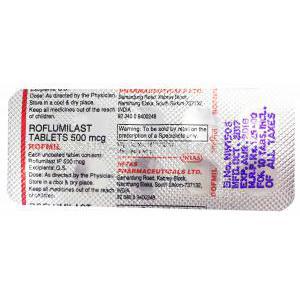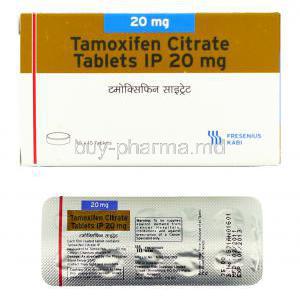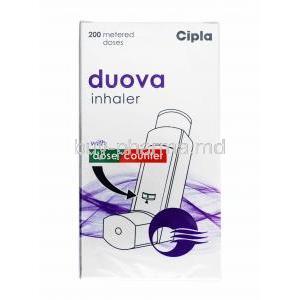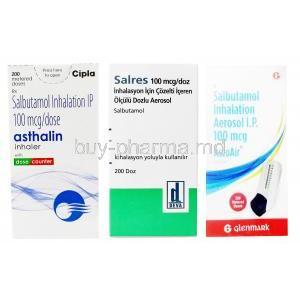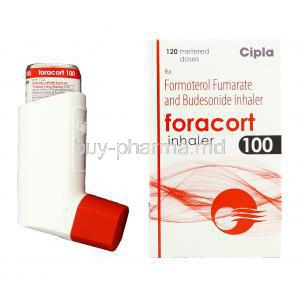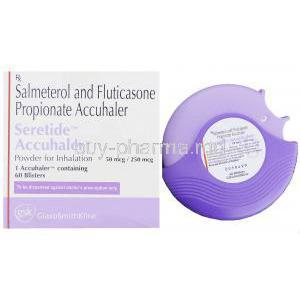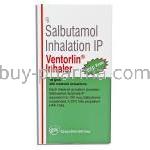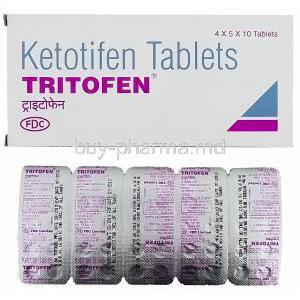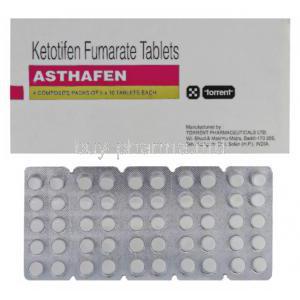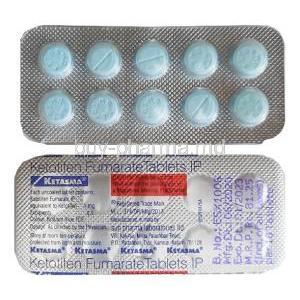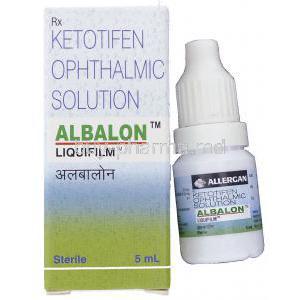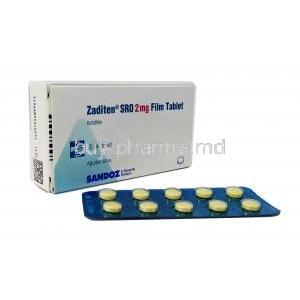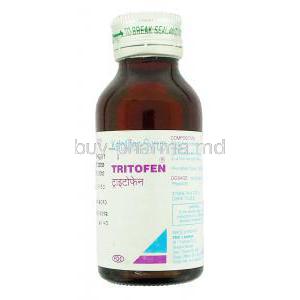1. Introduction to Tiova Inhaler
1.1 Overview of Tiotropium Bromide
Tiova Inhaler contains tiotropium bromide, a long-acting bronchodilator widely utilized in chronic airway disorders. It exerts sustained relief by minimizing airway obstruction and improving respiratory efficiency. This agent is favored due to its once-daily administration and durable effects on airflow limitation.
1.2 Classification as a Long-Acting Muscarinic Antagonist (LAMA)
Tiotropium belongs to the pharmacological class known as Long-Acting Muscarinic Antagonists (LAMA). By inhibiting muscarinic receptors within the bronchial smooth muscle, it curtails bronchoconstriction and fosters prolonged dilation. Unlike short-acting agents, LAMAs deliver enduring control and minimize the need for frequent dosing.
1.3 Importance of Tiova Inhaler in Chronic Respiratory Conditions
The inhaler plays a pivotal role in the management of conditions such as COPD and asthma. It reduces daily symptom burden, prevents exacerbations, and enhances overall quality of life. For individuals struggling with persistent breathlessness, Tiova Inhaler offers sustained reprieve from respiratory distress.
2. Composition and Formulation
2.1 Active Ingredient: Tiotropium Bromide Monohydrate
The principal therapeutic constituent is tiotropium bromide monohydrate. This compound targets muscarinic receptors, producing bronchodilation lasting up to 24 hours.
2.2 Available Strengths and Dosage Forms
Tiova Inhaler is generally available in capsule form for inhalation, each containing a premeasured dose of tiotropium. Different strengths may be accessible depending on therapeutic requirements and local regulatory approvals.
2.3 Inactive Ingredients and Their Roles
Inactive excipients aid in stabilizing the formulation, ensuring uniform dispersal during inhalation. Commonly, lactose monohydrate functions as a carrier substance to facilitate pulmonary delivery.
2.4 Delivery Mechanism of the Inhaler
The device employs a dry powder inhalation system. Capsules are pierced within the inhaler chamber, releasing fine particles of tiotropium for deposition in the lower airways.
3. Mechanism of Action – How Tiova Inhaler Works
3.1 Anticholinergic Activity on Muscarinic Receptors
Tiotropium antagonizes M3 muscarinic receptors within bronchial smooth muscle. This prevents acetylcholine-mediated constriction, facilitating sustained relaxation of the airways.
3.2 Bronchodilation and Improved Airflow
The inhibition of bronchoconstriction results in expanded air passages. Patients experience reduced dyspnea, improved exercise tolerance, and better oxygen exchange.
3.3 Duration of Action and Pharmacodynamics
With a pharmacodynamic profile extending beyond 24 hours, tiotropium provides once-daily relief. The prolonged receptor binding ensures consistent therapeutic benefit without fluctuating peak-trough effects.
3.4 Comparison with Other Bronchodilators
Compared to short-acting muscarinic antagonists, tiotropium demonstrates superior duration and fewer dosing requirements. It also complements beta-agonist therapy, offering dual bronchodilation in resistant cases.
4. Approved Medical Uses of Tiova Inhaler
4.1 Chronic Obstructive Pulmonary Disease (COPD)
4.1.1 Chronic Bronchitis
Tiova mitigates mucus-related airway obstruction, reducing cough and breathlessness.
4.1.2 Emphysema
By relaxing airway smooth muscles, tiotropium eases airflow obstruction caused by emphysematous changes.
4.2 Asthma Management in Adults
For adults with inadequately controlled asthma, tiotropium serves as an add-on maintenance therapy, lowering exacerbation frequency.
4.3 Reduction of Exacerbations and Hospitalizations
Regular use significantly reduces the risk of flare-ups, hospital admissions, and healthcare resource utilization in COPD patients.
5. Off-Label Uses of Tiotropium Bromide
5.1 Role in Severe Persistent Asthma in Children
In select pediatric cases, tiotropium has been explored as an adjunct when standard treatments fail to achieve control.
5.2 Use in Cystic Fibrosis-Related Bronchoconstriction
Research indicates potential benefits in improving airway caliber in cystic fibrosis patients with obstructive symptoms.
5.3 Management of Bronchiectasis
By reducing airway constriction, tiotropium may contribute to symptomatic improvement in bronchiectasis.
5.4 Potential Role in Chronic Cough and Airway Hyperreactivity
Preliminary evidence suggests efficacy in reducing refractory chronic cough linked to airway hyperresponsiveness.
6. Dosage and Administration Guidelines
6.1 Standard Dosage for COPD
The recommended dose is typically one inhalation capsule daily, providing 18 mcg of tiotropium.
6.2 Dosage for Asthma in Adults
Similar dosing regimens are employed for adult asthmatic patients, though adjustments may be based on individual response.
6.3 Instructions for Correct Inhaler Use
- Insert the capsule into the inhaler chamber.
- Pierce the capsule and inhale deeply and steadily.
- Hold breath briefly to maximize lung deposition.
6.4 Missed Dose and Overuse Considerations
If a dose is missed, it should be taken as soon as possible unless it is near the next scheduled dose. Double dosing is discouraged.
6.5 Duration of Therapy and Long-Term Use
Therapy is typically long-term, often lifelong in COPD, with continuous assessment of benefits and risks.
7. Side Effects of Tiova Inhaler
7.1 Common Side Effects
- Dry mouth and throat irritation
- Cough and hoarseness
- Mild headache
- Constipation
7.2 Serious Adverse Effects
- Tachycardia and palpitations
- Urinary retention
- Narrow-angle glaucoma symptoms
- Hypersensitivity reactions
7.3 Long-Term Side Effect Profile
With prolonged use, the most persistent effect remains xerostomia. Rare cases may report cardiovascular complications or ocular issues.
8. Drug Interactions of Tiotropium Bromide
8.1 Interaction with Other Anticholinergic Medications
Concurrent use may enhance anticholinergic side effects, including urinary difficulties and blurred vision.
8.2 Effects with Beta-Agonists and Corticosteroids
Tiotropium complements beta-agonists and inhaled steroids, often used in combination regimens for optimal control.
8.3 Caution with Antihistamines and Decongestants
These agents may potentiate anticholinergic adverse events such as dryness and increased heart rate.
8.4 Interaction with Cardiovascular Drugs
Caution is advised when combined with antiarrhythmic or rate-modifying agents due to additive cardiac risks.
8.5 Food, Alcohol, and Lifestyle Interactions
No significant food or alcohol interactions are noted, but hydration and moderation in alcohol intake are recommended.
9. Contraindications for Use
9.1 Known Hypersensitivity to Tiotropium or Atropine Derivatives
Patients allergic to tiotropium, ipratropium, or atropine derivatives should avoid use.
9.2 Contraindication in Narrow-Angle Glaucoma
Use may precipitate acute angle-closure crises if aerosol comes into ocular contact.
9.3 Contraindication in Urinary Retention or Prostatic Hyperplasia
Individuals with obstructive uropathy may experience worsening symptoms under anticholinergic therapy.
9.4 Patients with Severe Allergic Reactions
Those with histories of severe hypersensitivity should refrain from tiotropium therapy.
10. Warnings and Important Precautions
10.1 Not for Acute Bronchospasm or Rescue Therapy
Tiova is unsuitable for rapid relief of acute attacks; short-acting bronchodilators should be employed in emergencies.
10.2 Risk of Paradoxical Bronchospasm
Although rare, paradoxical worsening of bronchospasm may occur, necessitating discontinuation.
10.3 Cardiovascular Monitoring in High-Risk Patients
Individuals with cardiac arrhythmias or ischemic disease should undergo careful monitoring while on therapy.
10.4 Avoidance of Eye Contact with Aerosol Mist
Direct ocular exposure may trigger mydriasis or acute glaucoma episodes.
10.5 Risks of Long-Term Anticholinergic Therapy
Chronic administration may elevate risks of urinary complications, ocular disturbances, and possible cardiovascular strain.
11. Careful Administration in Special Populations
11.1 Administration to Elderly Patients
Elderly individuals often present with comorbidities such as cardiovascular disease, urinary tract dysfunction, and ocular disorders. While the recommended dosage of tiotropium remains unchanged, careful observation is warranted. Regular monitoring helps detect subtle adverse responses that may arise due to altered pharmacodynamics in advanced age.
- Potential increase in urinary retention among males with prostatic enlargement.
- Heightened vulnerability to ocular complications, especially narrow-angle glaucoma.
- Need for more frequent reassessment of therapy effectiveness and tolerability.
11.2 Administration to Pregnant Women
The use of tiotropium during pregnancy should be carefully weighed against potential risks. Limited human data exist, and most insights are derived from animal reproductive studies. These indicate no direct teratogenic effects, but subtle embryotoxicity cannot be fully excluded.
Clinicians should adopt a cautious approach. Prescribing is recommended only when the anticipated maternal benefit outweighs any potential fetal hazard.
11.3 Administration to Nursing Mothers
There is a possibility that tiotropium may be excreted in breast milk, though specific data remain sparse. The systemic absorption of inhaled doses is low, suggesting a limited risk to nursing infants.
Nonetheless, a careful risk-benefit assessment is advised, and alternative therapies with more established safety profiles may be preferred in lactating mothers whenever feasible.
11.4 Administration to Children and Adolescents
Tiotropium inhalers are primarily approved for use in adult populations. In children and adolescents, data supporting safety and efficacy are limited.
- Approved age groups vary by region and regulatory guidelines.
- Long-term pediatric safety studies remain ongoing.
- Use in younger patients should be strictly under specialist supervision.
12. Overdosage and Emergency Management
12.1 Symptoms of Tiotropium Overdose
Excessive administration may precipitate pronounced anticholinergic effects. Typical manifestations include dry mouth, blurred vision, constipation, palpitations, and confusion. In rare cases, severe urinary retention or tachyarrhythmia may develop.
12.2 Immediate Supportive Measures
At the first signs of overdose, the inhaler should be discontinued. Supportive interventions such as maintaining adequate hydration, ensuring airway patency, and monitoring vital signs are critical.
12.3 Hospital-Based Treatment Protocols
In a clinical setting, symptomatic management may involve:
- Cardiac monitoring for arrhythmias.
- Ophthalmologic evaluation if ocular symptoms occur.
- Catheterization in cases of acute urinary retention.
12.4 Long-Term Effects of Overdose
Most overdose cases resolve without persistent sequelae if promptly managed. However, repeated or chronic misuse could theoretically increase cardiovascular or renal complications over time.
13. Handling and Storage Instructions
13.1 Recommended Storage Conditions
Tiova Inhaler should be stored at controlled room temperature, generally between 20°C and 25°C. Humidity should be minimized, as moisture can degrade capsule integrity and impair powder dispersion. Protect the device from direct sunlight and excessive heat.
13.2 Safe Handling of Inhaler Device
Capsules should only be inserted immediately before use to prevent wastage or exposure to ambient air. Patients should avoid touching the capsule powder with wet hands to ensure stability.
13.3 Shelf Life and Expiry Precautions
Every inhaler and capsule pack is marked with an expiration date. Using the product beyond this period may reduce efficacy and increase the risk of contamination.
13.4 Disposal of Used or Expired Inhalers
Discard used inhalers and capsules responsibly. They should not be burned or disposed of in household waste where possible; instead, follow local pharmaceutical disposal guidelines.
14. Handling Precautions for Patients and Caregivers
14.1 Correct Cleaning and Maintenance of Inhaler
The inhaler mouthpiece should be wiped regularly with a dry cloth. Water must be avoided, as moisture can damage the dry powder delivery system. Regular inspection of the chamber ensures unobstructed airflow.
14.2 Avoiding Cross-Contamination in Shared Settings
Inhalers are strictly for individual use. Sharing devices can transmit infections and compromise dosing accuracy. Each patient must maintain exclusive ownership of their device.
14.3 Patient Education for Effective Use
Healthcare professionals should provide clear demonstrations on inhaler technique. Misuse can drastically reduce drug delivery to the lungs, leading to poor therapeutic outcomes. Periodic reassessment of technique enhances effectiveness.
14.4 Safe Transportation of Inhaler
When traveling, inhalers should be stored in protective cases to prevent damage. Capsules must remain in their original blister until immediately prior to use. Extreme temperatures during transport should be avoided to maintain drug integrity.

